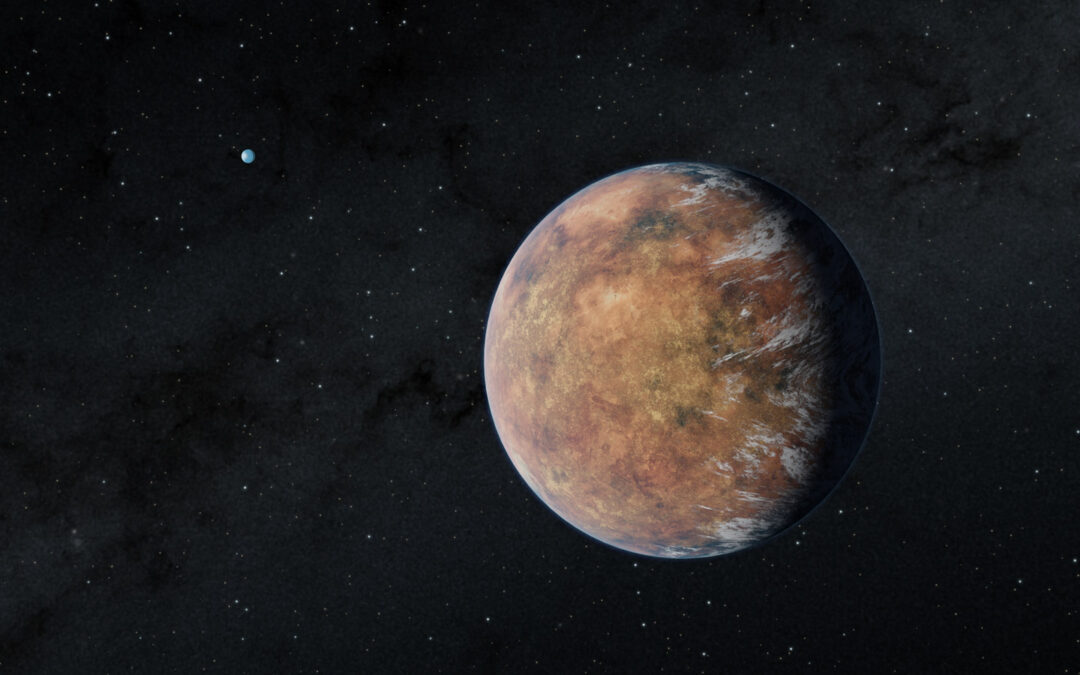Recently, astronomers found a peculiar extraterrestrial. Despite having 13 times Jupiter’s mass, it is the same dimension. Its density is higher than that of lead, making it one of the heaviest planets ever found.
The planet TOI-4603b was found by researchers using NASA’s Transiting Exoplanet Survey Satellite, or TESS, in a study published in the journal Astronomy & Astrophysics. At the Palomar Observatories in California, they added data from additional sensors and looked at TESS data.
They used a technique known as the transit method to measure the magnitude of the planet by observing how the brightness of the planet’s host star changed when the planet passed in front of it. Then, they were able to determine the planet’s mass by observing how the Doppler effect affected the star’s radiation.
Researchers were able to determine that the planet was incredibly dense by combining these various bits of information about it. The authors state in their article that it is “one of the most massive and densest transiting giant planets known to date.”

The exoplanet is 730 light-years distant and revolves around the star TOI-4603, which is where it is located. Additionally, a year on this world only lasts seven days because of how closely it orbits its star. The oval shape of the planet’s orbit leads the writers to hypothesize that it may have formed further from its star but gradually migrated there. We might be able to understand how such a dense planet developed by looking at the orbit and the other bodies in the system.
The discovery of such a massive exoplanet is especially intriguing because it establishes the maximum size and mass that a planet can have. A brown dwarf is a particular kind of object that lies midway between a planet and a star. A star is distinguished by nuclear fusion, which takes place in its center and results in the production of light and heat as well as the brightness of the star. Brown dwarfs aren’t really like stars because they lack the mass necessary to fuse hydrogen into helium in their centers.
Brown dwarfs aren’t really like planets either because they occasionally combine other elements like deuterium or lithium. Because of this ambiguity, they are sometimes referred to as failed stars or substellar objects. Their masses usually range from 13 to 80 times those of Jupiter.
This recently found planet is just outside the definition of a brown dwarf. Its mass is 12.89 times that of Jupiter, which is the maximum mass a planet can have before being categorized as a brown dwarf. Looking at planets like TOI-4603b can aid astronomers in determining how to categorize these two different types of objects because they can help them determine where precisely the cutoff line between a brown dwarf and a planet should be.
Download The Radiant App To Start Watching!
Web: Watch Now
LGTV™: Download
ROKU™: Download
XBox™: Download
Samsung TV™: Download
Amazon Fire TV™: Download
Android TV™: Download

